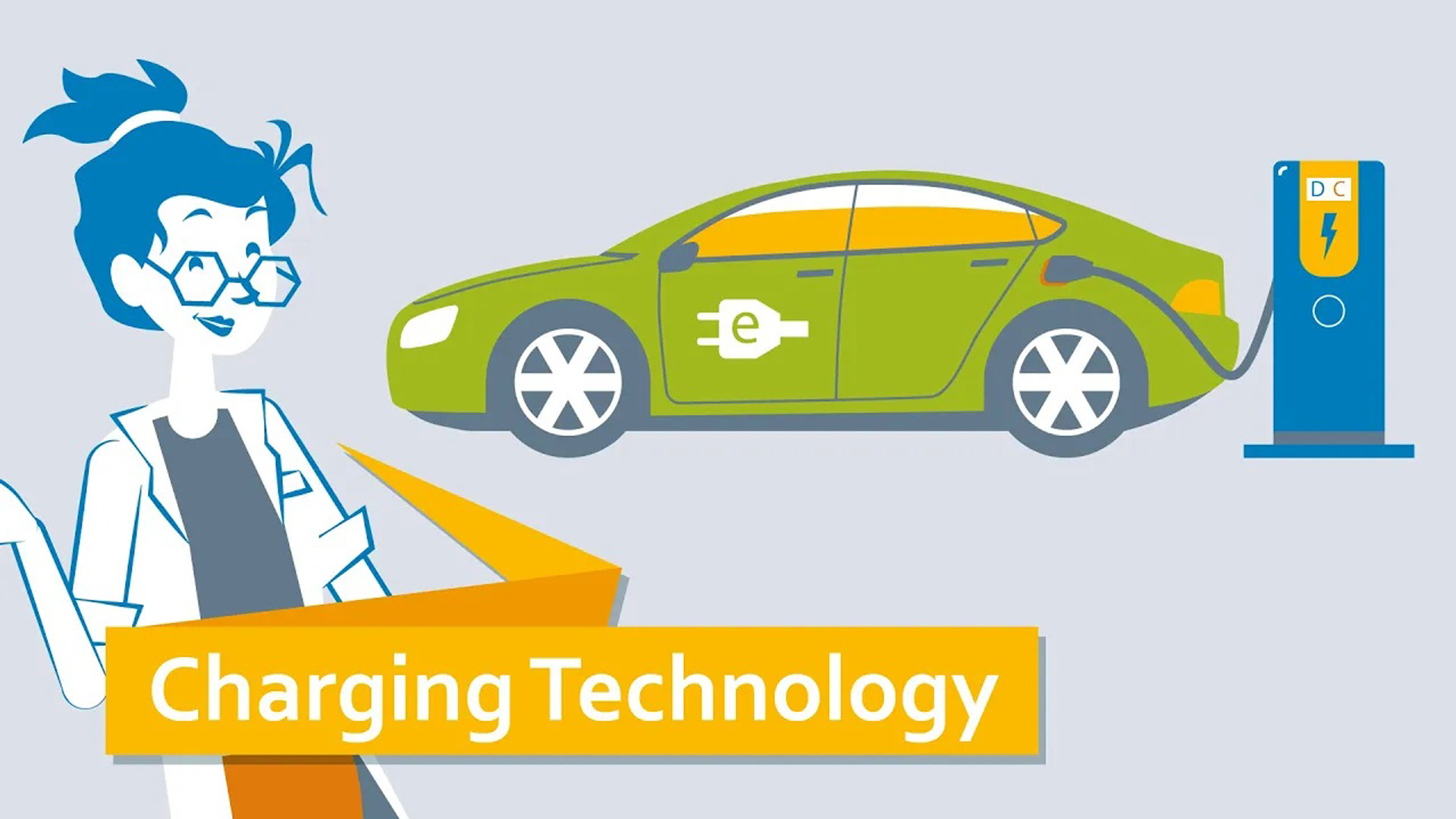Alternating current charging columns are mainly found at private wallboxes and are connected to the low-voltage grid. These operate with outputs of approx. 3.7 to 22 kW, whereby the charging output of 11 kW has established itself as the unspoken standard. Depending on the power and battery size of the e-cars, charging times vary between about 16 and two and a half hours.
If you’re on the road with the e-car, of course, it has to be faster. Direct current charging stations are fast-charging stations that operate with powers from 50 kW up to 350 kW. As a result, the average charging power of e-cars is also shorter. On the other hand, the public charging stations are connected to the medium- or high-voltage grid, for which new power lines have to be laid. This costs time and, above all, money. When electricity is stored and used, heat is generated at all parts, which of course has to be dissipated efficiently.
Usually, the interior of the fast charging station, the power electronics and the cooling circuits are cooled with air. Particularly powerful charging cables are cooled by pump-driven cooling circuits. Outdoor suitability is particularly important for this. Even under harsh environmental conditions, the reliable functioning of the fans and ventilators in the fast charging stations must be guaranteed.
This is why they are tested in shock, vibration and corrosion tests, as well as in Highly Accelerated Life Tests, the Temperature Change Control Test and in tests for electromagnetic compatibility. In addition, all the fans and ventilators of the fast charging station have electrical overvoltage protection.

Leave a comment